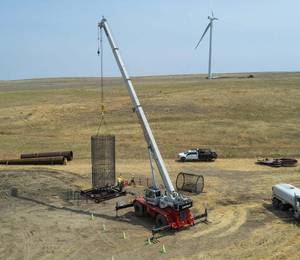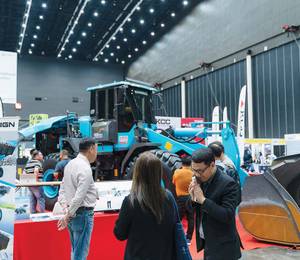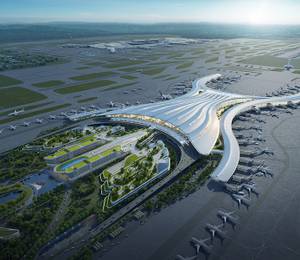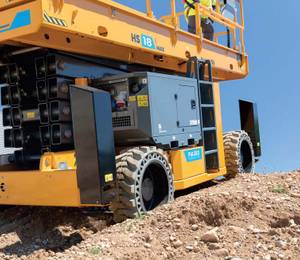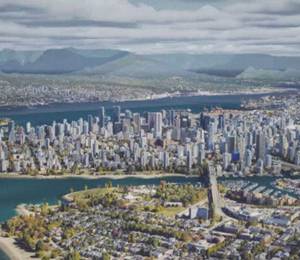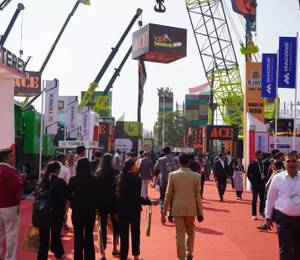Singapore’s Land Transport Authority (LTA) has awarded the contract for the design and construction of Pasir Ris interchange station and tunnels for the Cross Island Line (CRL) Phase 1 to Daewoo Engineering & Construction Co Ltd – Dongah Geological Engineering Co Ltd, Singapore Branch Joint Venture.
Besides the design and construction of Pasir Ris interchange station and tunnels, the S$980 million contract also covers addition and alteration works to the existing Pasir Ris station along the East-West Line (EWL).
Construction works for the CRL Pasir Ris station are expected to start in the fourth quarter of 2021, with passenger service planned to commence in 2030.
With CRL1, common recreational spaces such as Changi Beach Park and Bishan-Ang Mo Kio Park will be more accessible by public transport. According to LTA, studies on the details of subsequent CRL phases are ongoing.
Daewoo Engineering & Construction and Dongah Geological Engineering, Singapore Branch have established track records in providing design-and-build construction services for infrastructure such as rail stations and tunnels locally and abroad, said LTA. In Singapore, Daewoo Engineering & Construction is currently involved in the construction of Stevens station and tunnels for the Thomson-East Coast Line (TEL); while Dongah Geological Engineering, Singapore Branch is working on the construction of Great World station and tunnels for TEL.
The CRL is Singapore’s eighth MRT line. It will serve existing and future developments in the eastern, north-eastern and western corridors, linking major hubs such as Jurong Lake District, Punggol Digital District and Changi region. The CRL will have almost half of its stations as interchanges with other rail lines, making it easier and more convenient for commuters to travel across the rail network.
The CRL Phase 1 (CRL1) is 29 km long and comprises 12 stations from Aviation Park to Bright Hill. This line will serve residential and industrial areas in Loyang, Tampines, Pasir Ris, Defu, Hougang, Serangoon North and Ang Mo Kio and benefit more than 100,000 households.
Images: LTA
